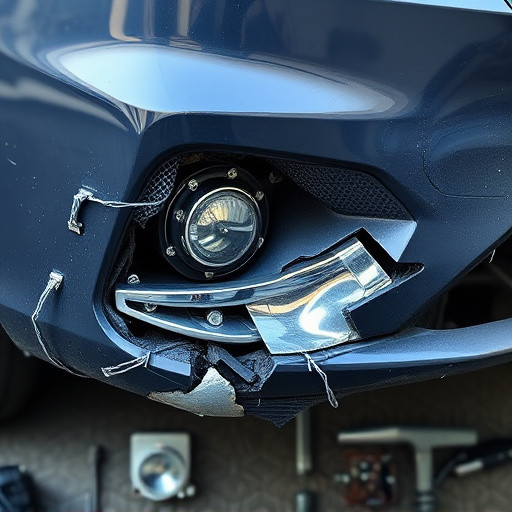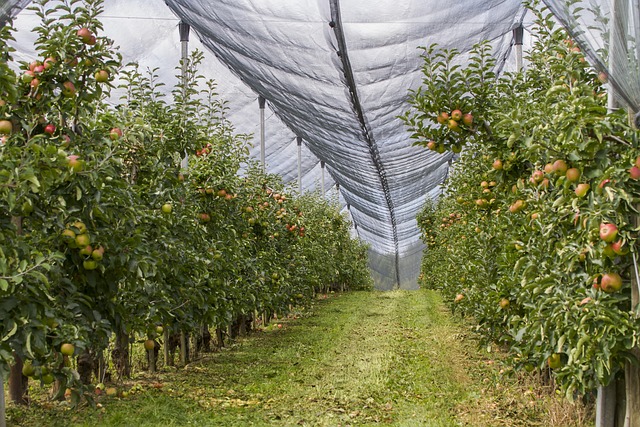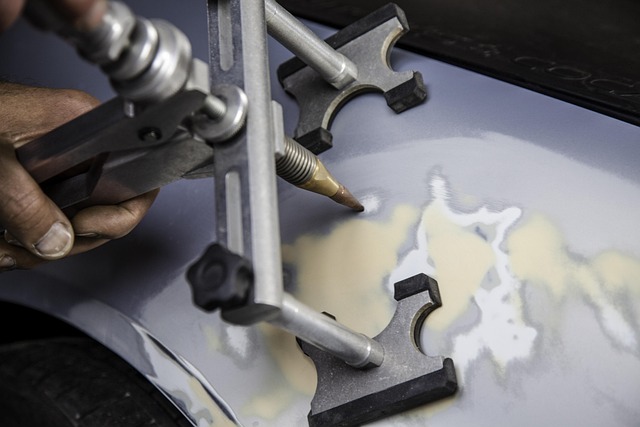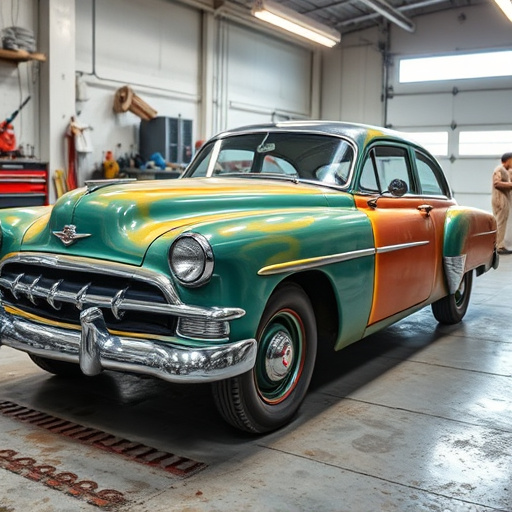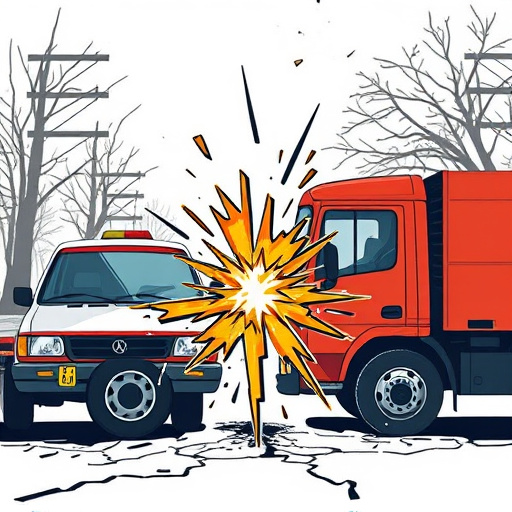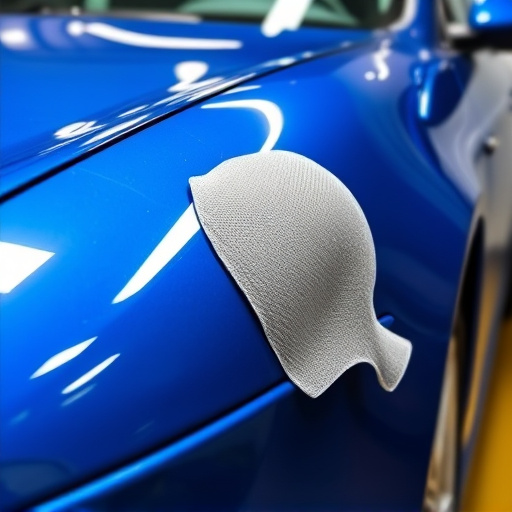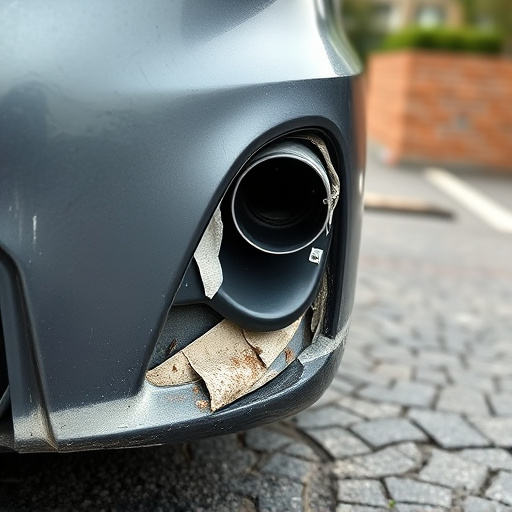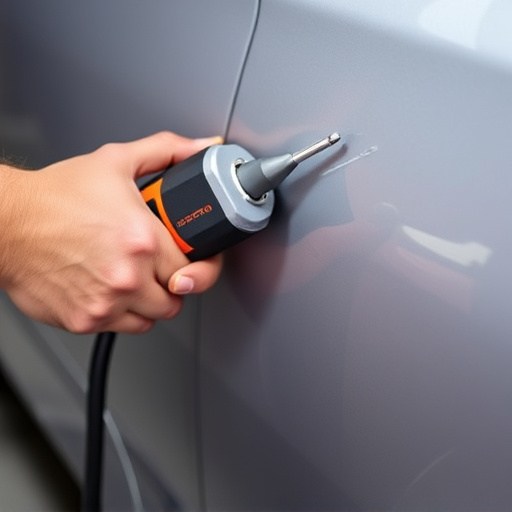Tesla paint thickness measurement is a vital step in vehicle restoration, offering precision and accuracy for determining damage and original paint remaining. It guides restorers in deciding between touch-ups or complete repainting, identifying imperfections and aiding in frame straightening. Using advanced tools like digital micrometers, ultrasonics, and eddy current sensors, professionals ensure results down to the hundredth of a millimeter, maintaining original factory specifications for a flawless, authentic appearance. Best practices include thorough surface preparation, contaminant removal, and using reference points for instrument calibration; leveraging collision repair services with expertise in Tesla paint thickness measurement ensures consistent, high-quality restoration outcomes.
“Unveiling the secrets of Tesla paint thickness measurement is a pivotal step in achieving meticulous vehicle restoration. This article delves into the intricate process, highlighting its significance for maintaining the iconic aesthetics of Tesla vehicles. We explore advanced techniques and tools employed by professionals to gauge paint thickness with unparalleled accuracy. From understanding the science behind the measurement to adopting best practices, this guide promises to empower enthusiasts and restorers alike in their pursuit of flawless Tesla restoration.”
- Understanding Tesla Paint Thickness Measurement: The Importance for Vehicle Restoration
- Techniques and Tools Used for Accurate Tesla Paint Thickness Gauge
- Best Practices to Ensure High-Precision Results in Restoring Tesla Vehicles
Understanding Tesla Paint Thickness Measurement: The Importance for Vehicle Restoration

Tesla paint thickness measurement is a critical aspect of vehicle restoration, ensuring accuracy and precision in every step of the process. It involves assessing the depth and integrity of the paint layer on a Tesla vehicle’s surface, which is vital for achieving a perfect finish during restoration. This method allows restorers to determine if the paint job is simply a touch-up or if it requires complete repainting, directly impacting material costs and time investment.
Accurate measurement helps in identifying subtle imperfections like dents, scratches, or prior repair work that might affect the final aesthetic. In a collision center or when handling vehicle paint repair, understanding Tesla paint thickness measurement techniques enables professionals to perform frame straightening effectively. By gauging the remaining original paint and the extent of damage, restorers can make informed decisions, ensuring a flawless restoration outcome that matches the vehicle’s original specifications.
Techniques and Tools Used for Accurate Tesla Paint Thickness Gauge

Accurate Tesla paint thickness measurement is paramount for achieving flawless vehicle restoration. Professionals rely on a combination of advanced techniques and specialized tools to ensure precise results. One common method involves using digital micrometers, which provide highly accurate readings of paint thickness down to the hundredth of a millimeter. These devices are easy to use and offer consistent measurements across various surfaces.
For more detailed analysis, ultrasonics and eddy current sensors are employed. Ultrasonics measure paint depth by sending sound waves through the material, while eddy current sensors utilize electromagnetic fields to gauge thickness. In the context of Tesla vehicles or even Mercedes Benz repairs, these car paint services tools are indispensable for maintaining original factory specifications during restoration processes. This ensures that when a vehicle undergoes its metamorphosis, every detail—from panel gaps to paint finish—is executed with the utmost precision, resulting in a flawless and authentic appearance.
Best Practices to Ensure High-Precision Results in Restoring Tesla Vehicles

When it comes to restoring Tesla vehicles, achieving high-precision results is paramount to ensuring the vehicle’s original aesthetic and structural integrity. One of the key aspects in this process is accurate Tesla paint thickness measurement. Using specialized tools designed for paint analysis, such as calipers or micrometers, allows restorers to gauge the depth of the paint layer with remarkable accuracy. This not only helps in identifying areas that require repainting but also plays a crucial role in matching the original finish perfectly.
Best practices in this domain involve preparing the surface meticulously before measurement. This includes cleaning the area thoroughly and ensuring it’s free from contaminants like dust or grease, which can skew readings. Additionally, restorers should consider using reference points or standards to calibrate their instruments for consistent results. Furthermore, employing collision repair services with expertise in Tesla paint thickness measurement is essential for achieving precise restoration outcomes. These professionals are trained to interpret data accurately and use the information to perform high-quality auto repair services, ensuring your Tesla looks as good as new after the restoration process.
Accurately measuring Tesla paint thickness is paramount for achieving flawless vehicle restoration. By employing advanced techniques and tools, restorers can ensure precise results that maintain the original aesthetics and value of these iconic electric vehicles. Adhering to best practices guarantees a meticulous process, delivering top-tier outcomes that stand the test of time. Optimizing Tesla paint thickness measurement is key to preserving the car’s integrity and beauty for years to come.




